Earlier this year, I had the distinct pleasure of joining Jaeger-LeCoultre at their Manufacture in Le Sentier for a lesson in hand painting. Those who know me well, know that I have dabbled in hand painting over the years, thanks to my artist mother who was an avid painter on fine white china. She took white porcelain and — via hundreds of long hours and countless paintings and firings — turned each piece (dish, brooch, ring, earrings, bowls, urns, candelabras, etc.) into magnificent works of art. While i have made a couple of pieces under her tutelage that hang in my house (including a beautiful beach scene), I could never dream to be half the artist she is. Every time i witness the wondrous work of the enamelers and hand painters in the watch world, I think of my mother. Her talent could have rivaled the finest of them. But, I digress — only by way of explaining my experience in Le Sentier.
I was familiar enough with the process of painting and firing, but I was not prepared for the difficult task that lay ahead. After a morning of wonderful tours of the factory — the archives, the Atmos Clock sanctuary, the repeater room, and more — we finally entered the painters’ haven. Here we were treated to close up looks at some of the most beautiful and unusual hand-painted Jaeger-LecCoultre dials. From tigers of the wild, to flora, fauna, scenery and women, each dial was more beautiful than the next in its depth and dimension. Granted, the artists who paint these dials spend dozens, even hundreds of hours, to complete the task at hand, but still the accomplishments are truly incredible.
And so it was that, after a walk through of the masterpieces, I got to sit down at a painter’s desk and try my hand at painting a dial. My dial was for a Reverso, and was just a little bigger than the size of my thumbnail. My design was incredibly simple: I opted to draw two fish (Pisces) jumping out of the sea on the rectangular disk that I would have just about an hour to work on. Now, in the past, I had painted on porcelain with paints i had mixed myself with the proper oils for the right consistency. In china paining, it is more like enamel work: each piece is painted in light, almost translucent layers, and fired, painted and fired, and so on and so forth to completion. One mis-step and you have to wipe the paint off and start again — and, once fired, that was no longer an option.
But in the hand painting of these dials, the process was actually different and much more difficult. The paint is heavier and more opaque. It is applied with a full brush, not a thin-hair brush, and it dries very quickly as you work with it. I was truly shocked at how hard it was, and my work of art — when heated and finished — looked like a three-year old’s (I’m being generous) crude drawing. I was appalled. I brought it home, wrapped it in tissue and hid it away from sight.
Here, I expose myself — but only in the name of declaring that I now truly understand just how hard the hand painting of a dial is. I have a new appreciation for these incredible one-of-a-kind masterpieces and the people who spend their lives creating beauty for the wrist. Below, I present to you a slide show of some of the stunning works of art — NOT mine — I witnessed at Jaeger-LeCoultre.



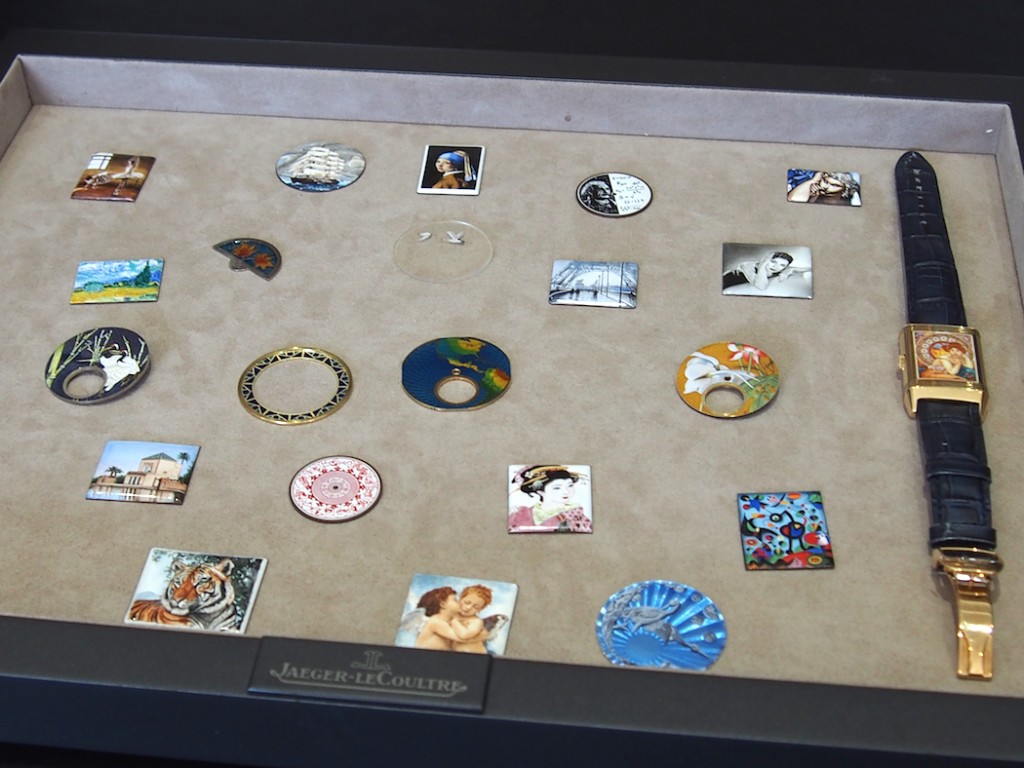
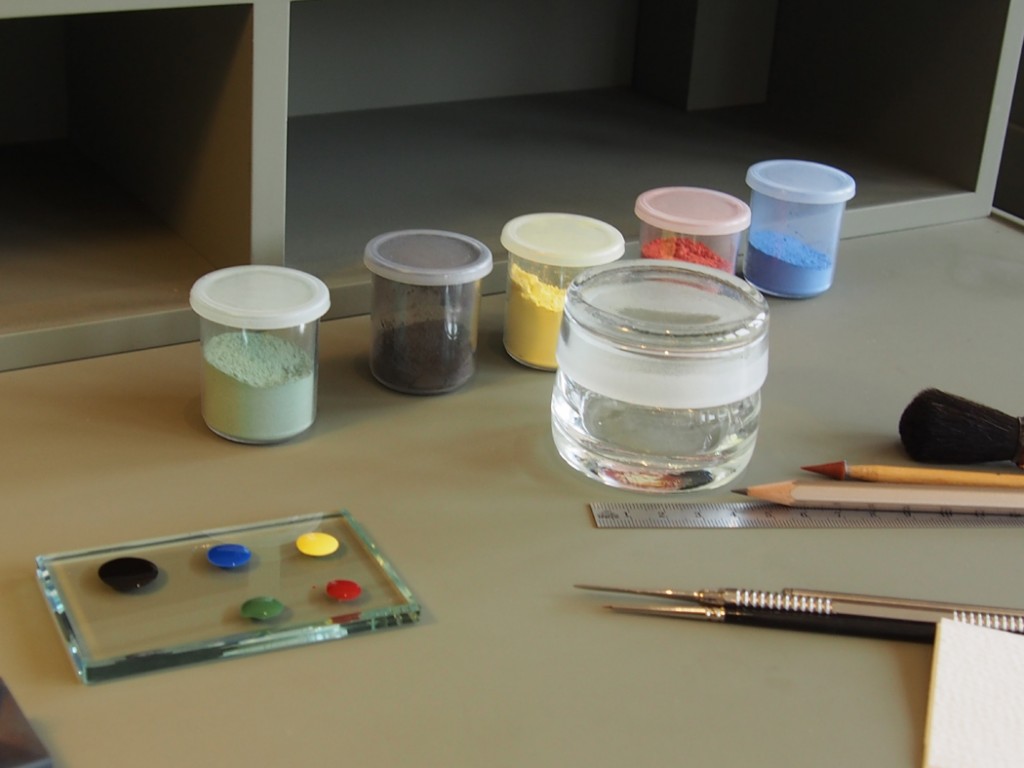
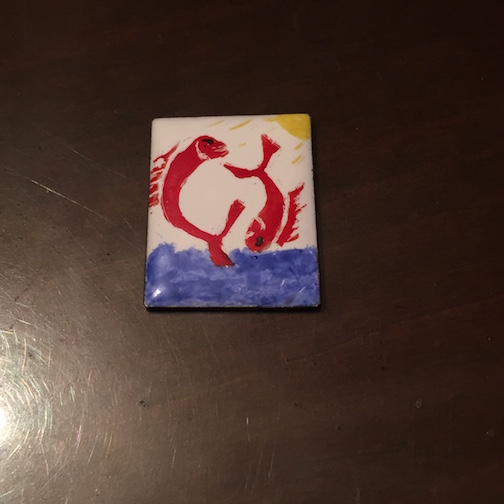
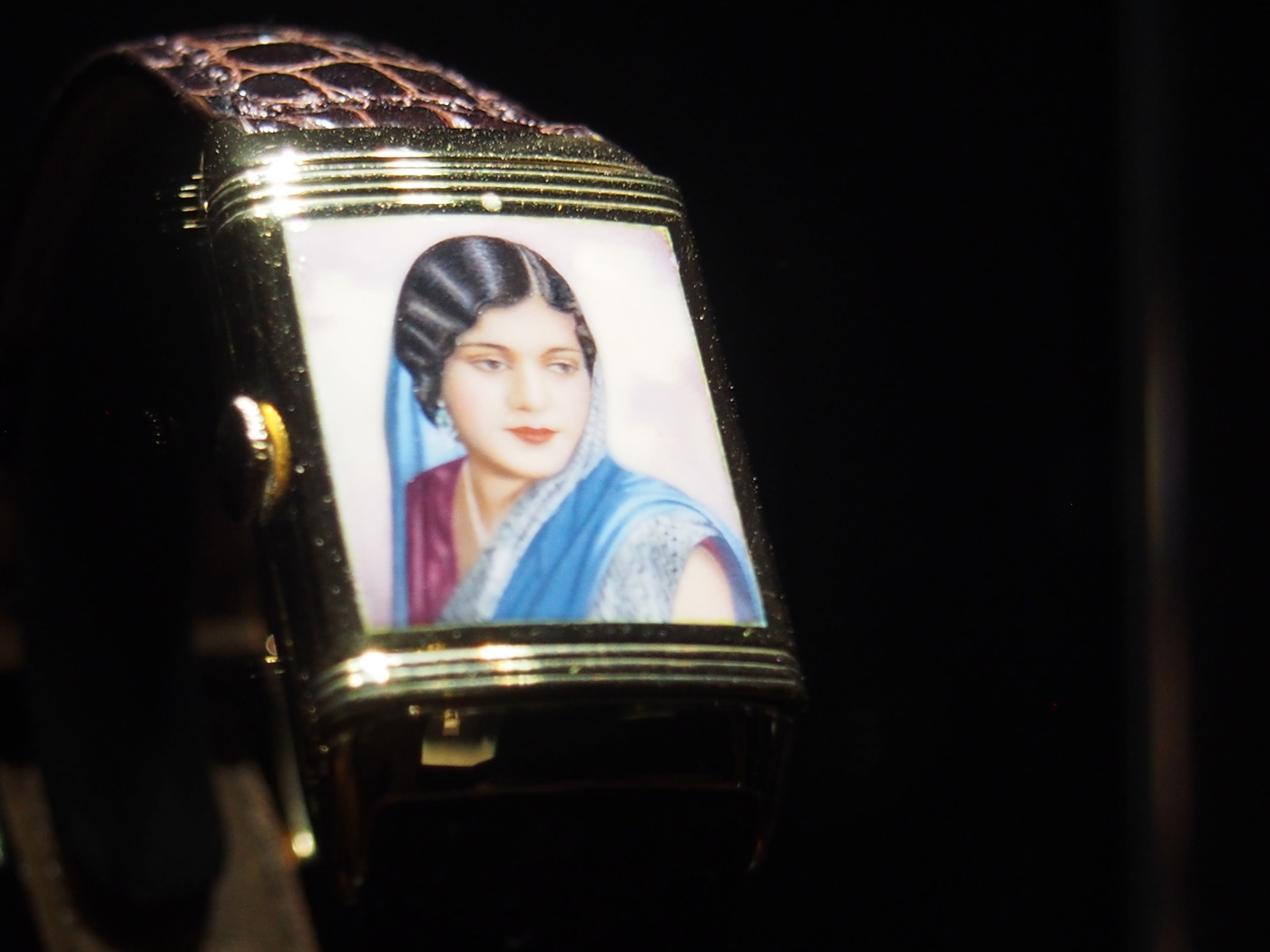
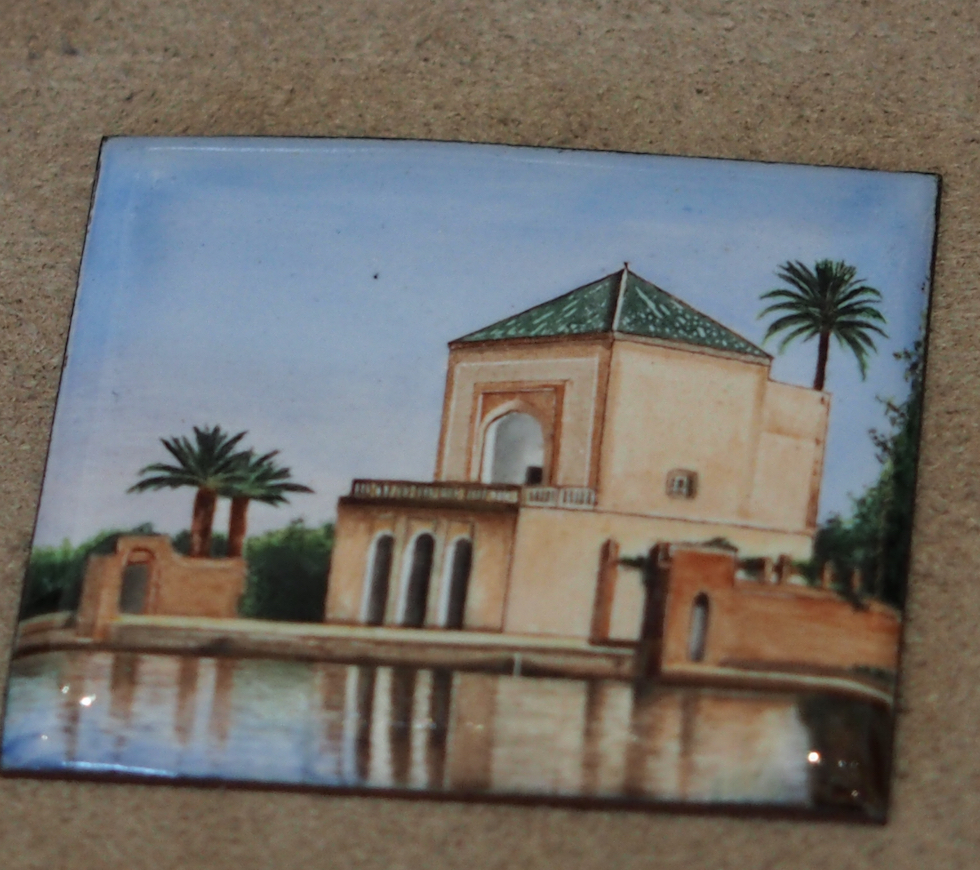
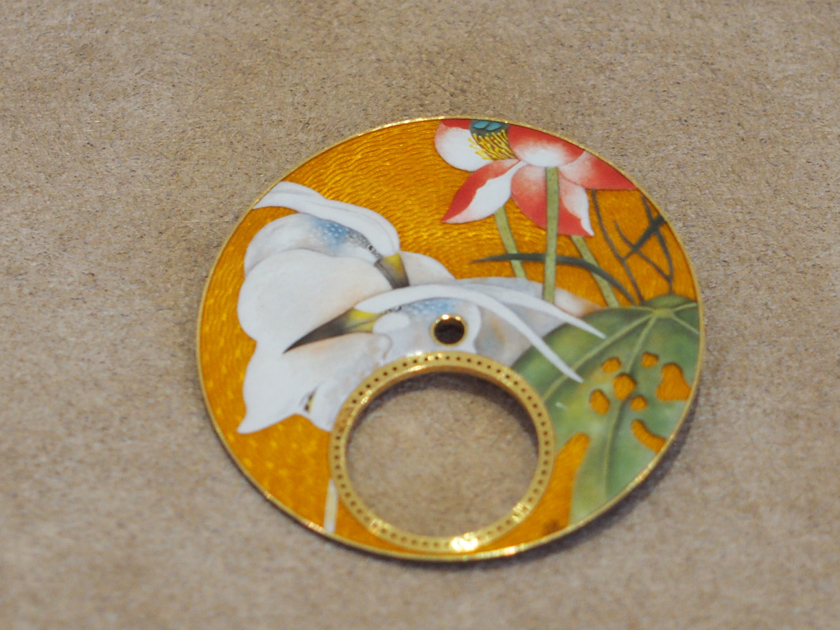
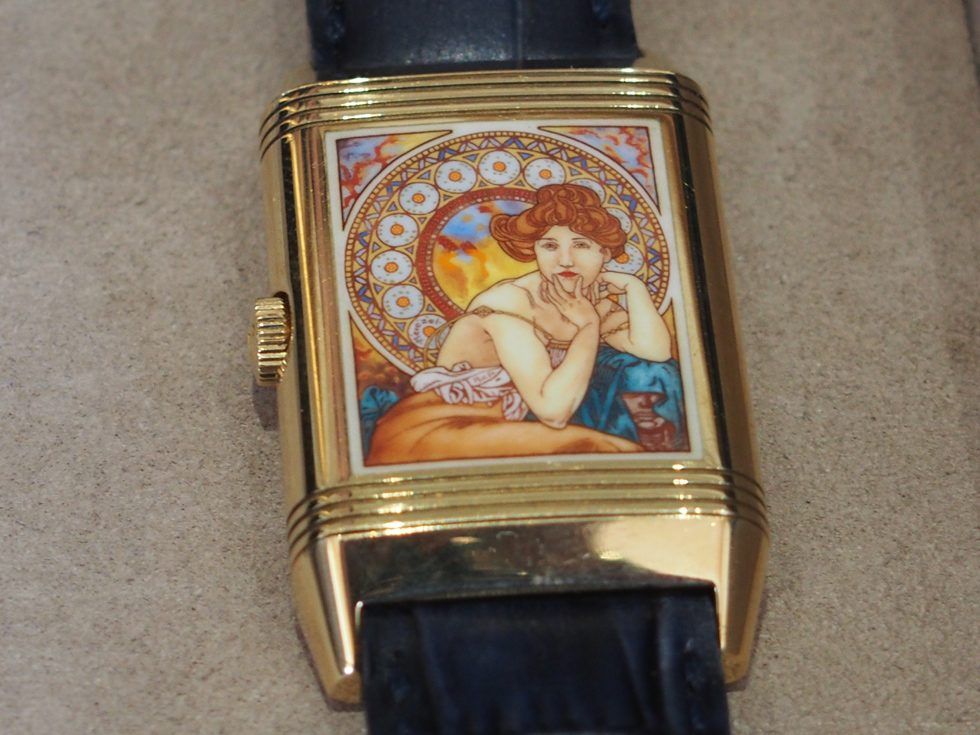
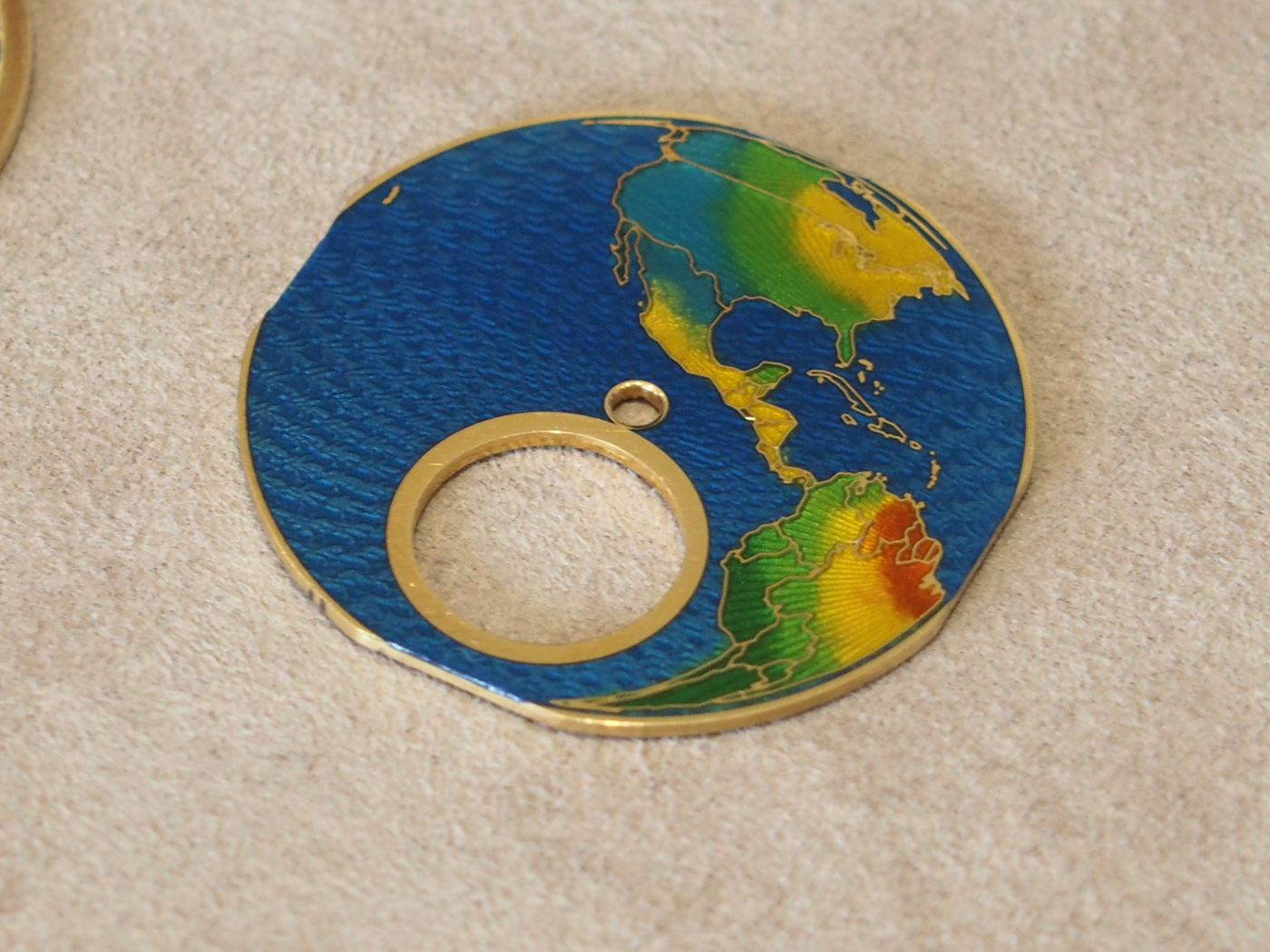
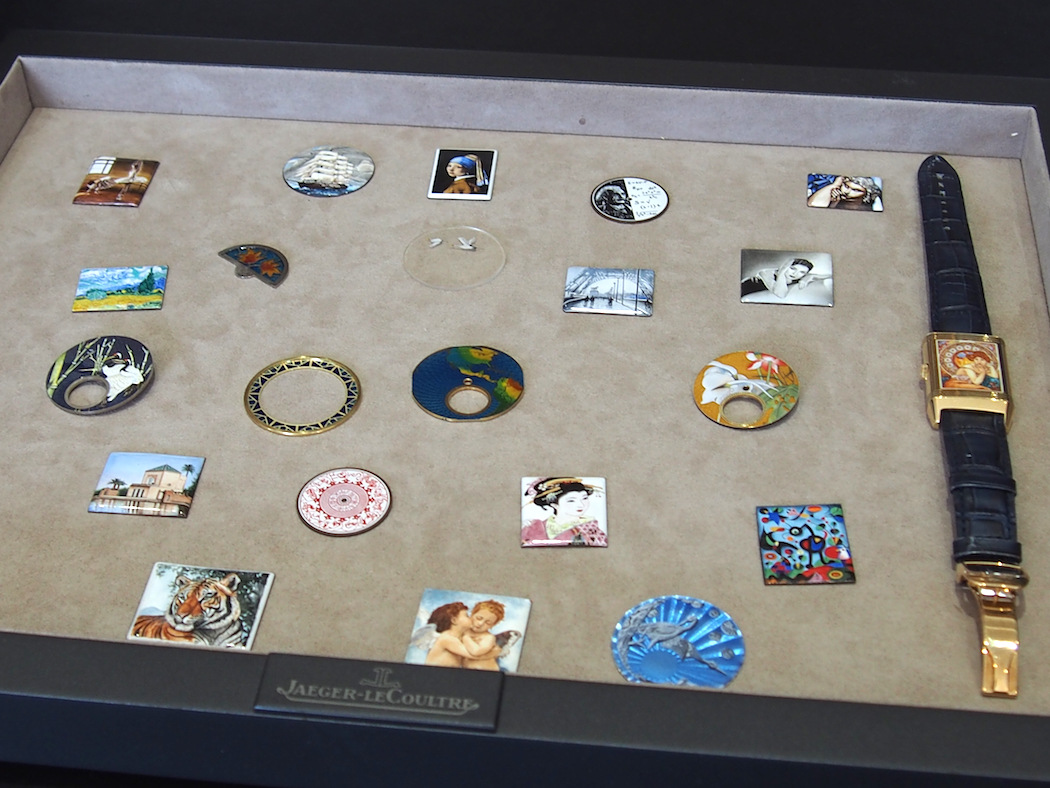
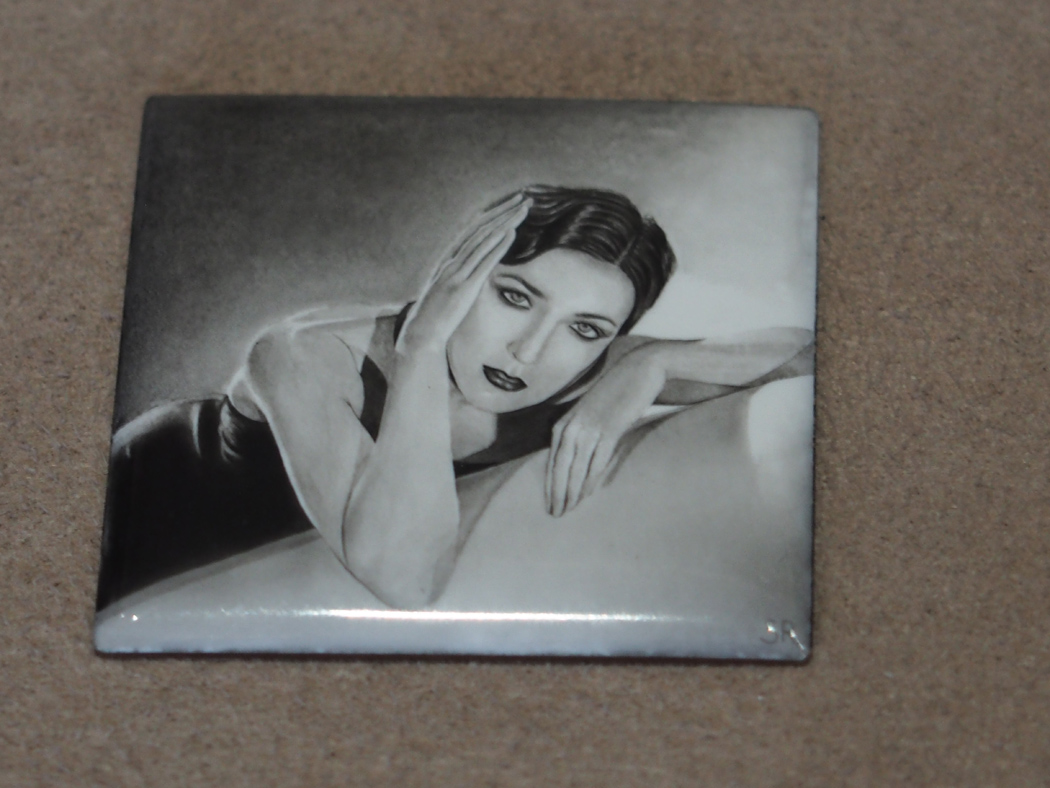
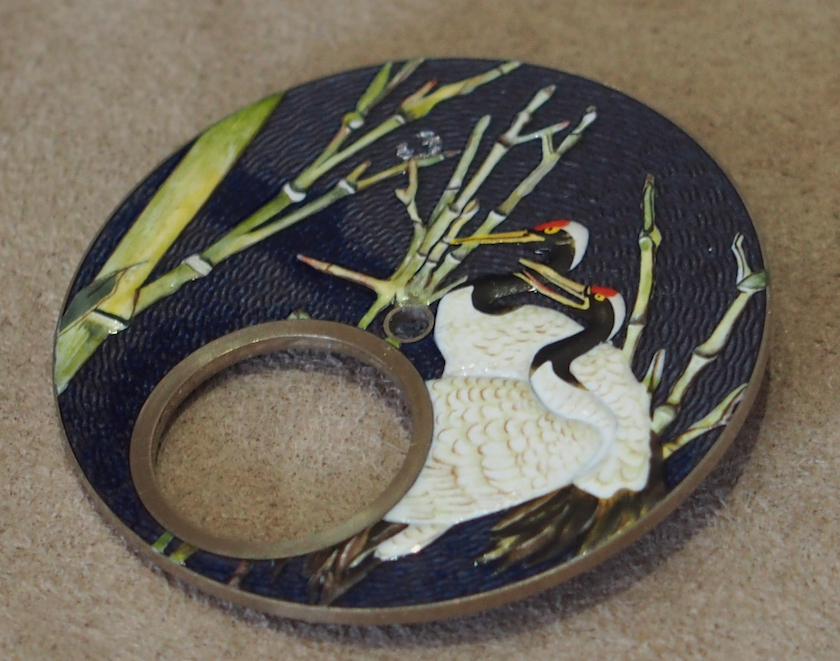
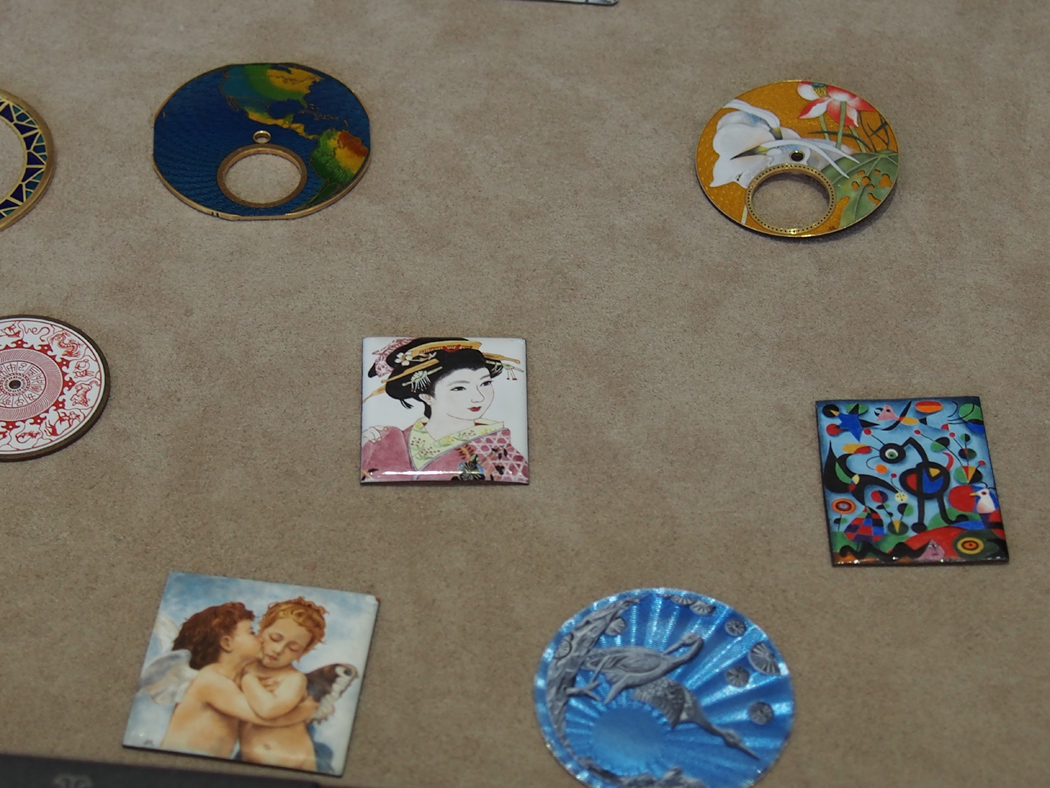
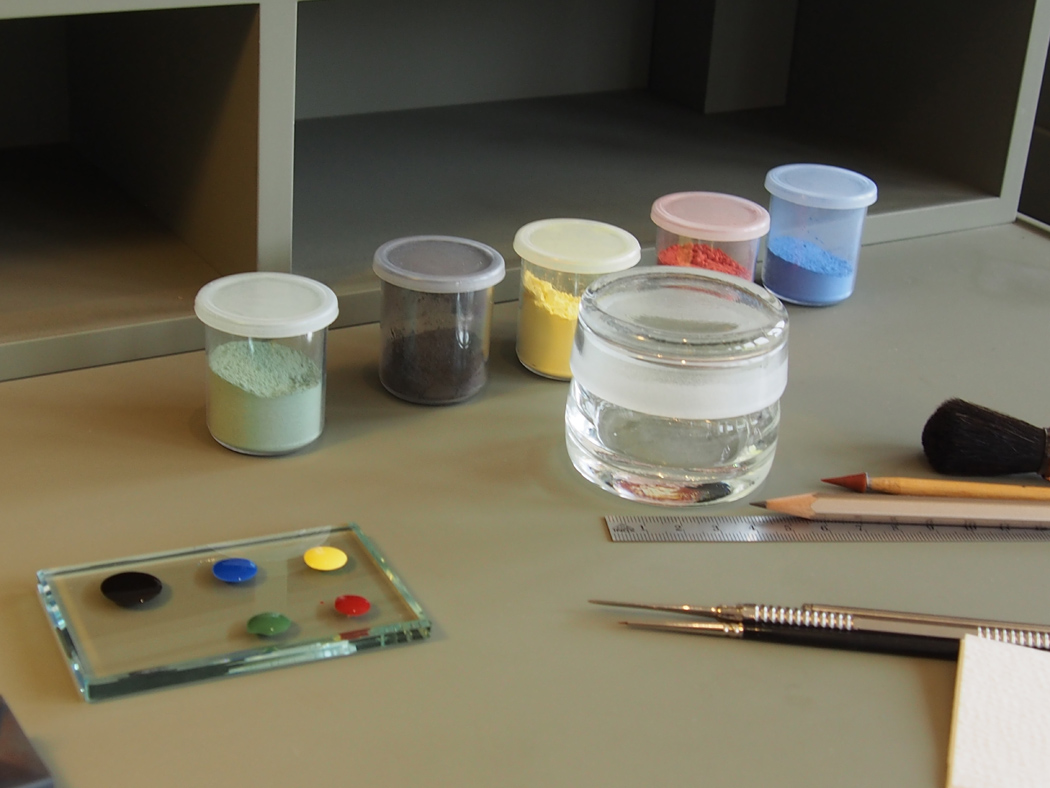
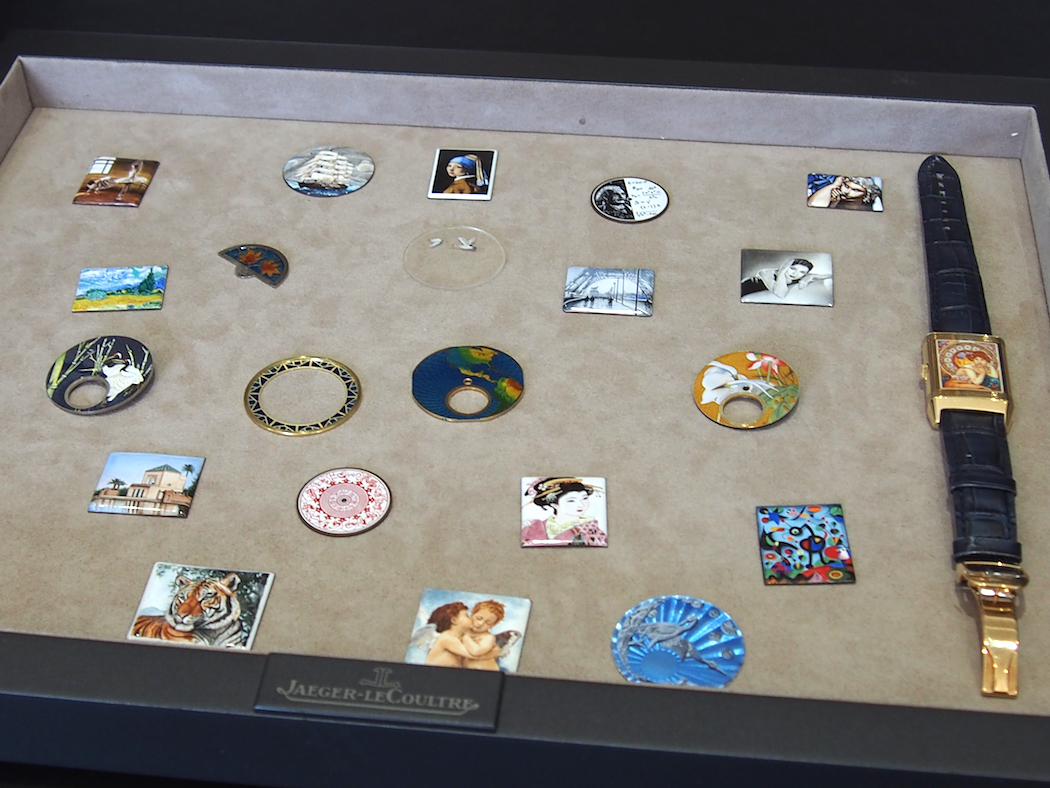




What a wonderful article and fantastic opportunity you had to create something at Jaeger-LeCoultre at their Manufacture in Le Sentier. This is something I dream of, to create for JLC, in their atellier des artiste. I am truly envious.
Fantastic!
It was an amazing experience. thanks for commenting